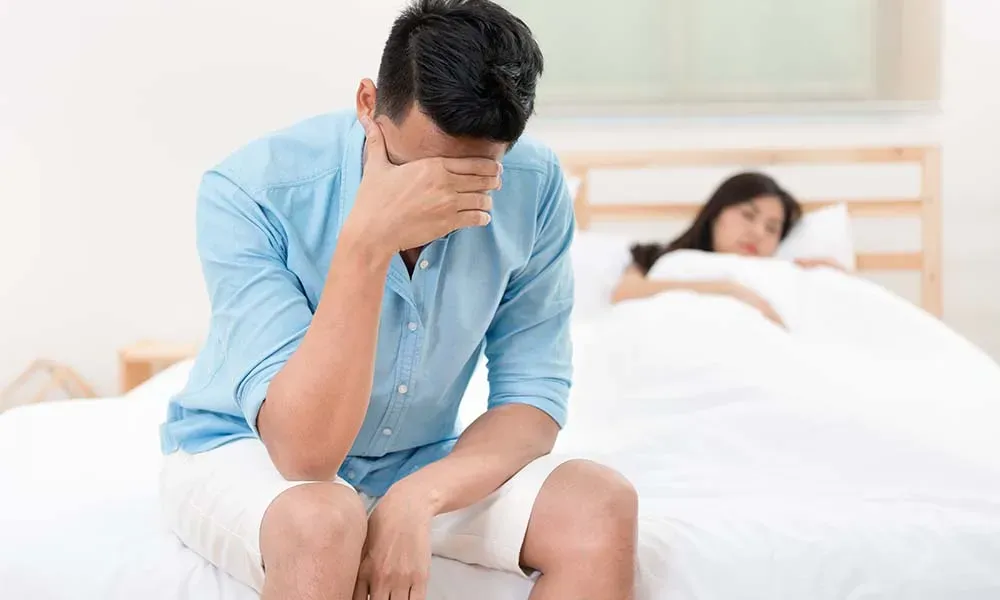Testosterone is a vital hormone that plays a key role in maintaining physical, emotional, and sexual health in men. As men age, testosterone levels naturally decline, often leading to symptoms that can significantly impact their quality of life. From fatigue and reduced muscle mass to mood changes and diminished libido, low testosterone—or Low T—can disrupt daily living and overall well-being.
This guide provides an in-depth understanding of low testosterone, its symptoms, causes, and the available treatments that can help men regain energy, vitality, and confidence.
What is Low Testosterone?
Testosterone is the primary male sex hormone responsible for maintaining muscle mass, bone density, red blood cell production, energy levels, mood, and sexual function. Low testosterone, medically known as hypogonadism, occurs when the body produces insufficient levels of this hormone.
Testosterone levels typically peak during adolescence and early adulthood, gradually declining by about 1–2% per year after the age of 30. While this decline is natural, some men experience levels that fall below the normal range, leading to noticeable symptoms that can affect their quality of life.
Symptoms of Low Testosterone
Low testosterone can manifest in a variety of ways, affecting both physical and emotional health. Common symptoms include:
Physical Symptoms:
- Fatigue and reduced energy levels.
- Loss of muscle mass and strength.
- Increased body fat, particularly around the abdomen.
- Decreased bone density, increasing the risk of fractures.
- Reduced libido and erectile dysfunction.
- Hair thinning or loss.
Emotional and Cognitive Symptoms:
- Mood swings, irritability, or depression.
- Difficulty concentrating or “brain fog.”
- Decreased motivation or drive.
Other Symptoms:
- Sleep disturbances, including insomnia or poor-quality sleep.
- Reduced endurance or physical performance.
If you’re experiencing one or more of these symptoms, it’s essential to consult a healthcare provider to evaluate your testosterone levels and overall health.
Causes of Low Testosterone
Several factors can contribute to low testosterone levels, including:
- Aging: A natural decline in testosterone is common as men grow older.
- Medical Conditions: Conditions such as diabetes, obesity, metabolic syndrome, or chronic illnesses can impact testosterone production.
- Injury or Trauma: Damage to the testicles or pituitary gland can impair hormone production.
- Lifestyle Factors: Poor diet, lack of exercise, excessive alcohol consumption, smoking, and chronic stress can all contribute to low testosterone.
- Medications: Certain medications, including opioids and corticosteroids, can lower testosterone levels.
- Genetic Conditions: Disorders such as Klinefelter syndrome or pituitary gland dysfunction can also cause hypogonadism.
Diagnosing Low Testosterone
Diagnosing low testosterone begins with a consultation with a healthcare provider, who will evaluate your symptoms and perform a physical examination. A blood test is used to measure testosterone levels, typically in the morning when levels are at their peak. Normal testosterone levels range from 300 to 1,000 ng/dL, but what’s considered “normal” can vary depending on the individual.
In addition to measuring testosterone levels, your healthcare provider may assess other factors such as thyroid function, blood sugar levels, and overall health to determine the root cause of your symptoms.
Treatment Options for Low Testosterone
If you’re diagnosed with low testosterone, a variety of treatment options are available to restore hormone levels and improve symptoms.
1. Testosterone Replacement Therapy (TRT):
TRT is the most common treatment for low testosterone, involving the administration of synthetic testosterone to restore hormone levels.
Methods of Administration:
- Injections: Administered weekly or bi-weekly, injections deliver controlled doses of testosterone.
- Pellets: Implanted under the skin, pellets release testosterone steadily over several months.
- Topical Gels or Creams: Applied daily, these offer a convenient option for those who prefer not to visit a clinic regularly.
- Patches: Testosterone patches are worn on the skin and deliver a consistent dose over time.
Benefits of TRT:
- Increased energy and stamina.
- Improved libido and sexual performance.
- Enhanced muscle mass and reduced body fat.
- Better mood and mental clarity.
- Improved bone density and physical strength.
2. Lifestyle Modifications:
In addition to TRT, lifestyle changes can significantly impact testosterone levels and overall health. These include:
- Exercise: Strength training and high-intensity interval training (HIIT) are particularly effective at boosting testosterone.
- Nutrition: A balanced diet rich in healthy fats, lean proteins, and whole grains supports hormone production.
- Weight Management: Maintaining a healthy weight can improve testosterone levels and reduce symptoms.
- Stress Management: Reducing stress through mindfulness, yoga, or meditation can help regulate hormones.
3. Supplements and Vitamins:
Certain vitamins and supplements may help support testosterone production, including:
- Vitamin D
- Zinc
- Magnesium
- Ashwagandha
4. Addressing Underlying Conditions:
If an underlying medical condition is contributing to low testosterone, treating that condition is essential to restoring hormone balance.
Benefits of Treating Low Testosterone
Restoring testosterone levels through treatment offers a wide range of physical, emotional, and mental health benefits. These include:
- Improved Quality of Life: Restored energy levels and vitality enable men to enjoy daily activities and hobbies.
- Enhanced Physical Health: Increased muscle mass, strength, and bone density improve overall fitness and reduce the risk of injury.
- Emotional Well-Being: Balanced hormones contribute to a more stable mood, reduced anxiety, and increased confidence.
- Better Relationships: Improved libido and sexual performance can enhance intimacy and strengthen personal relationships.
Who is a Good Candidate for TRT?
Testosterone Replacement Therapy is typically recommended for men who:
- Have been diagnosed with low testosterone through a blood test.
- Experience symptoms such as fatigue, low libido, or mood changes.
- Are in good general health and do not have conditions that could be worsened by TRT (e.g., certain types of cancer or heart disease).
Consulting a qualified healthcare provider is essential to determine whether TRT is right for you and to ensure that treatment is safe and effective.
Frequently Asked Questions About Low Testosterone
1. Is low testosterone common?
Yes, testosterone levels naturally decline with age, and up to 40% of men over the age of 45 experience symptoms of low testosterone.
2. Are there risks to TRT?
While TRT is generally safe, it may cause side effects such as acne, increased red blood cell production, or fluid retention. Regular monitoring by a healthcare provider minimizes risks.
3. Can low testosterone be prevented?
While aging is unavoidable, maintaining a healthy lifestyle through exercise, a balanced diet, and stress management can support optimal testosterone levels.
Regain Your Energy and Vitality with Testosterone Therapy
Low testosterone can affect every aspect of a man’s life, but it doesn’t have to. With proper diagnosis, treatment, and lifestyle adjustments, it’s possible to restore hormone levels and reclaim your health, energy, and confidence.
Ready to take the first step? Schedule a consultation today to learn more about testosterone therapy and how it can help you regain your vitality and improve your quality of life.



